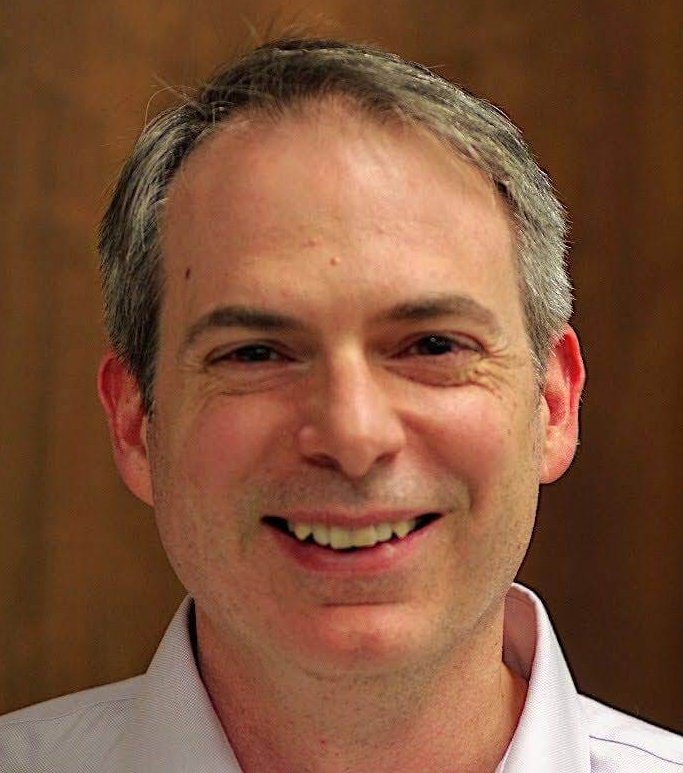The United States has an extensive history of institutionalized racism including the uprooting of Native Americans, the Atlantic slave trade, Jim Crow laws, the internment of Japanese-American citizens, redlining, and much more. When the history of the civil rights movement is taught in schools, that unit often ends with Dr. Martin Luther King Jr.’s “I Have A Dream” speech and information about the Civil Rights Act of 1964.
The most famous line from Dr. King’s speech is “I have a dream that my four little children will one day live in a nation where they will not be judged by the color of their skin, but by the content of their character.” His speech was instrumental to the passage of the Civil Rights Act of 1964, that “outlawed discrimination based on race, color, religion, sex, or national origin.” As vitally important as these two historical events are, the way that issues of race are taught in some schools can lead many to believe that racism is a thing of the past, that only “bad” people can participate in racism, and that “good” people aim to be “colorblind,” meaning that they don’t “see race.”
If you claim to not see race, then how will you be able to see racial injustice?
Despite progress that has been made, the effects of 400 years of institutionalized racism in the United States do not simply disappear in a matter of decades. Extensive research shows that Black and Latinx populations have higher rates of homelessness and unemployment, and lower life expectancy, even after controlling for income, than White populations.
The fact that we live in an unequal society shows that race has a profound effect on our everyday lives. Aiming to be “colorblind” not only distorts Dr. King’s work, but it leads well-intentioned people to cause more harm than good. If you claim to not see race, then how will you be able to see racial injustice? Instead of trying to be colorblind, it is vitally important that people learn and talk about the reality of racial injustice. In order to do that, it is not enough to learn about injustices that people of color experience; to truly learn about racism, White people need to examine what it means to be White.
Many White people are uncomfortable talking about their own race and examining their own privilege. This comes from the incorrect assumption that only “bad” people can participate in or benefit from racism, which is simply untrue. As a mixed-race person (I am Japanese-American and White), I have experienced these issues from many angles. I have personally experienced insensitive remarks about Asians; as a person who is part White, I also benefit, on a daily basis, from White privilege. It is important to me that I understand my own White privilege so that I can be better equipped to dismantle it.
The term “White privilege” is often misunderstood. It doesn’t mean that all White people have had an easy life. It means that the hardships that White people have endured weren’t because of their race. Privilege exists in many contexts. For example, I have fully functioning vision; therefore, I have privilege over someone who is blind. Having that privilege doesn’t make me a bad person, but refusing to acknowledge that privilege isn’t helpful or realistic.
Sometimes, when I start to discuss the concept of White privilege with White friends or neighbors, they are eager to point out that they are “not racist.” However, racism is much more than deliberate acts of discrimination perpetrated by individuals. Institutional (or systemic) racism refers to the forms of discrimination and the resulting inequalities that have been embedded in our society for so long that we don’t always notice them. Dr. Robin DiAngelo, a professor who has written extensively on race, says “racism is a structure, not an event.” As we have all been socialized in a society with these structures, we also have absorbed these racial biases to some degree. Therefore, “not racist” is a finish line that simply doesn’t exist. Even noted anti-racism scholar, Dr. Ibram X Kendi, who is Black and whose book “How to Be an Antiracist” is on the New York Times Bestseller List, says, “I have so much to learn, so much room for anti-racist growth.” Each and every one of us has our own set of privileges and biases. It is not our fault that we have them. It is our responsibility to examine them without becoming defensive.
As Latasha Morrison, author of “Be the Bridge: Pursuing God’s Heart for Racial Reconciliation” says, “Developing a healthy understanding of White identity does not mean drowning in White guilt or reveling in White pride.” Instead, by gaining a true understanding of how all White people still benefit, however unintentionally, from centuries of policies and practices that were deliberately designed to benefit them, only then can White people create a vision and action plan for a better, most just world.
As much as White people benefit from institutional racism in material ways, White people are also harmed by racism. I am not talking about so-called “reverse racism.” Dr. John H. Bracey, who has taught Afro-American studies at the University of Massachusetts since 1972, says that “racism isn’t free” and takes a toll on White people as well: materially, psychologically, and spiritually. Everyone benefits from a more just, more harmonious society. Per another famous quote by Martin Luther King, Jr.: “No one is free until we are all free.”
Resources:
- Deconstructing White Privilege with Dr. Robin DiAngelo
- How to Think About Implicit Bias
- Talking About Race





